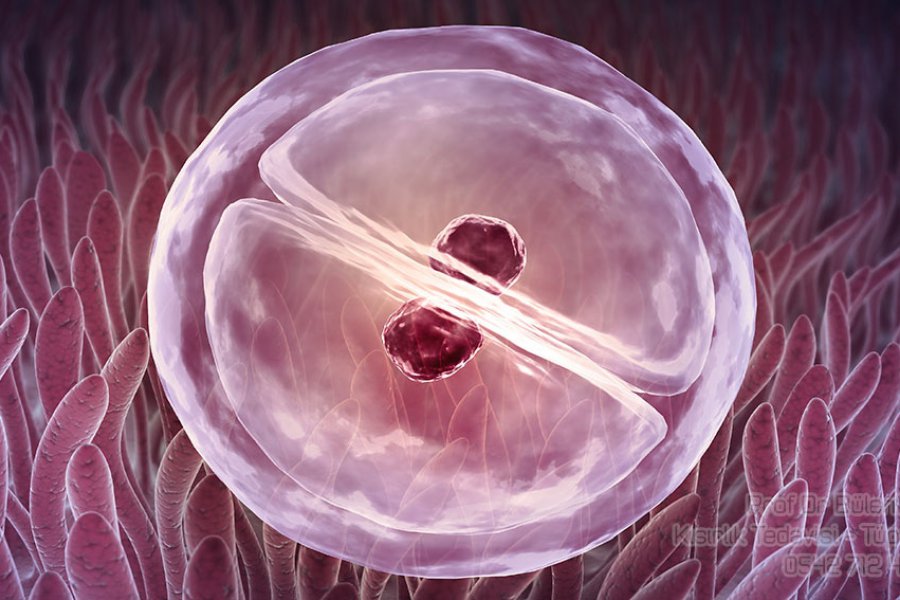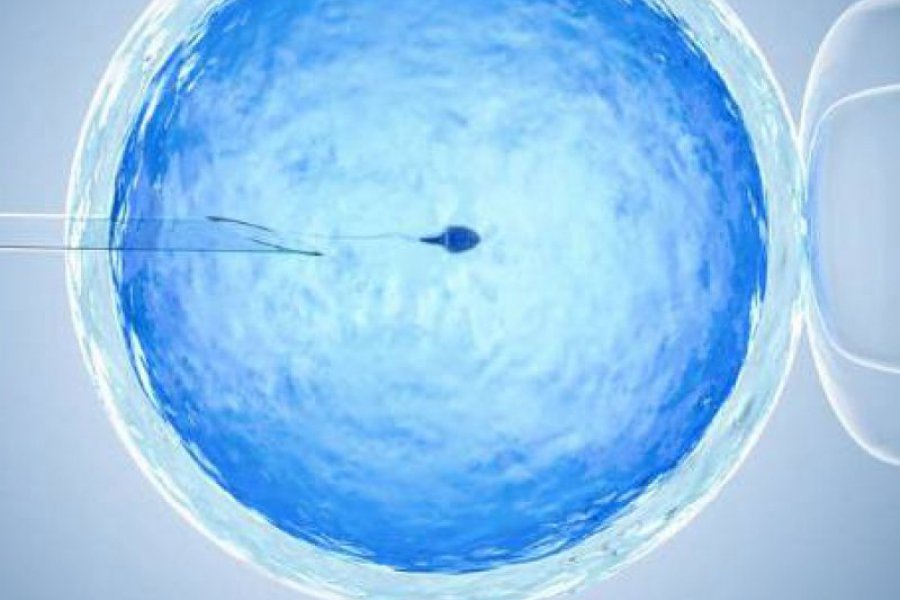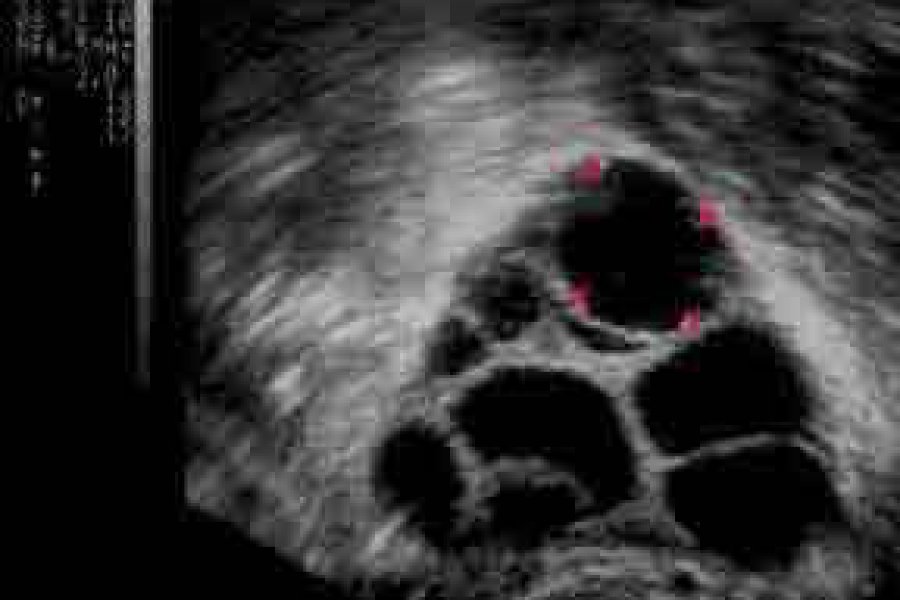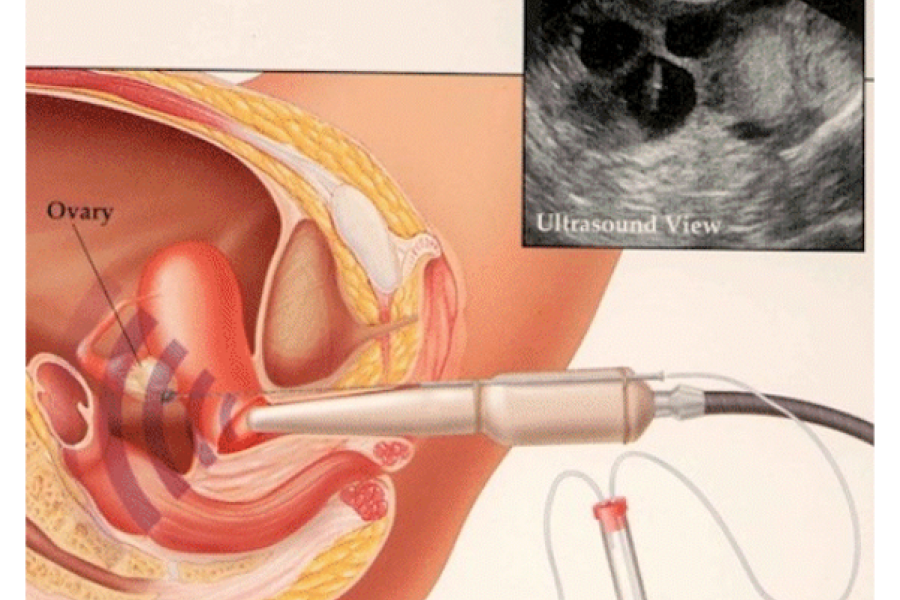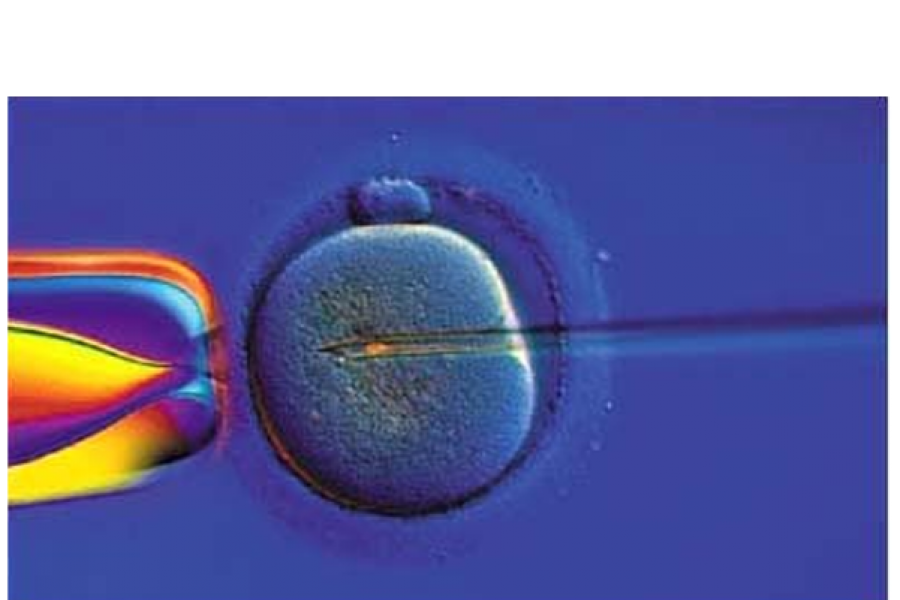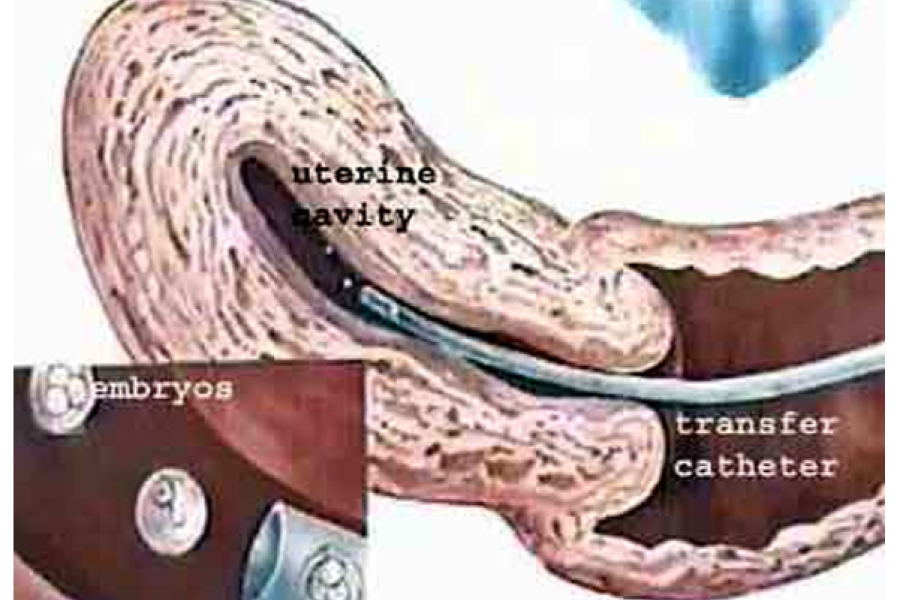Inability to Conceive {INFERTILITY)
Inability to get pregnant {INFERTILITY)
If pregnancy does not occur despite regular sexual intercourse for a year (2-3 times a week), infertility is mentioned. While 85% of couples get pregnant at the end of one year, 15% do not conceive and these couples are considered infertile.
If pregnancy has not occurred at the end of one year, the couple should be evaluated.
There are 3 basic tests in the evaluation of the infertile couple.
1. Spermiogram
2. HSG (hysterosalphingography)- medicated uterine film.
3. Evaluation of ovulation.
As a result of these basic examinations, the cause of infertility is revealed and treatment is applied for the cause.
Causes of infertility:
1. Causes related to men:
If sperm count, motility or deformity are below acceptable limits as a result of spermiogram, male factor is mentioned. In male factor, treatment varies according to the degree of disorder in spermiogram. While couples with mild problems benefit from vaccination (intrauterine insemination), microinjection is needed in severe cases (severe cases of oligoasthenoterato sperm or azoospermia).
2. Causes related to problems in the tubes:
When a problem is detected in HSG, laparoscopy can be performed to determine the severity of the problem and the type of treatment, as well as for treatment. With laparoscopy, the tubes are directly seen, if there is a problem that can be corrected, it is surgically corrected and the patient is given a chance to conceive naturally. If the problem cannot be corrected surgically, the treatment option for the patient is in vitro fertilization.
3. Ovulation defect
In patients with ovulation defect, ovulation is stimulated with different drugs. If there is no other reason, natural pregnancy is expected first after ovulation is achieved, if there is no pregnancy, vaccination (intrauterine insemination) can be done. In vitro fertilization treatment is applied if no results can be obtained from the vaccination following three vaccinations. Vaccination is done 3-6 times at most, time should not be wasted with vaccination treatment for a long time.
4. Unexplained infertility:
In 15-20% of patients, the cause of infertility cannot be found despite tests. Although most of these patients do not receive any treatment, they become pregnant spontaneously within a certain period of time. Our aim is to shorten the conception period of these patients, therefore, by applying treatments from ovulation stimulation to in vitro fertilization in this patient group, we ensure that patients become pregnant.
5. Having more than one cause:
In cases where there are reasons related to both men and women or more than one reason for the woman, the problems are evaluated separately and the most appropriate treatment option for the couple is selected.
6. Cervical factor (problems related to cervical disorders):
First of all, the problem of the cervix is tried to be corrected, and in cases where no result can be obtained, the cervix can be passed with vaccination (intrauterine insemination).
7. Infertility due to immunological reasons (causes related to the immune system):
It is not clear that immunological causes cause infertility, and this group of patients is often considered among the causes of unexplained infertility.
8. Luteal phase failure:
It is not clear that it is among the causes of infertility, so luteal phase insufficiency is considered among the causes of unexplained infertility.
LINKS:
Sperm analysis (spermiogram)
Uterine flim (HSG)
Detection of ovulation
Vaccination (intra uterine insemination)
